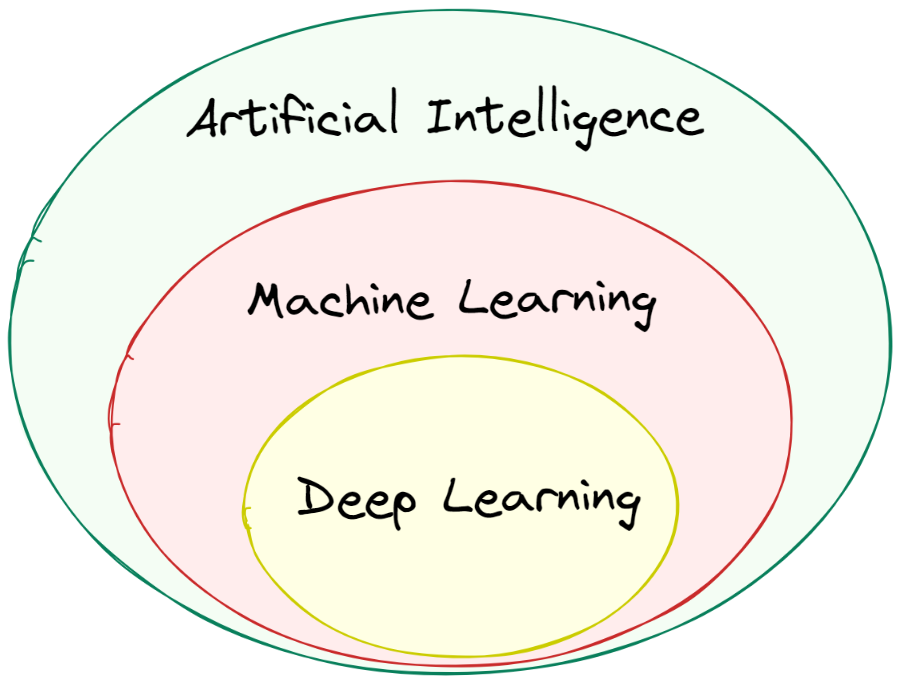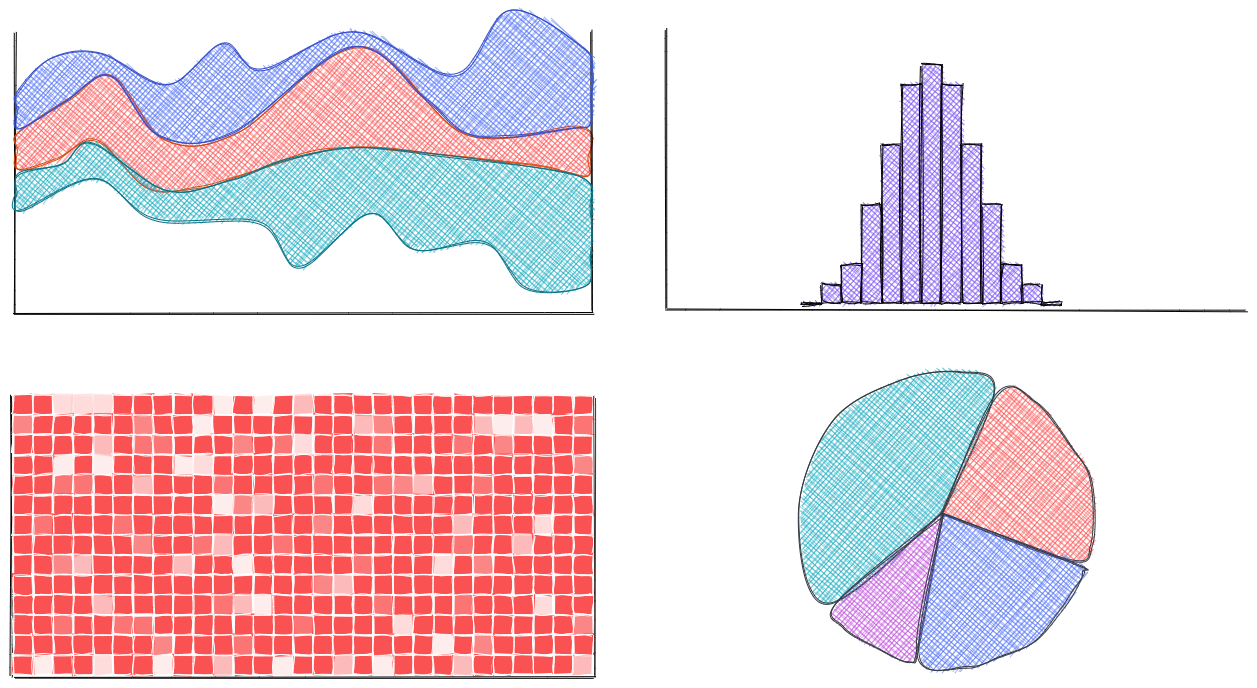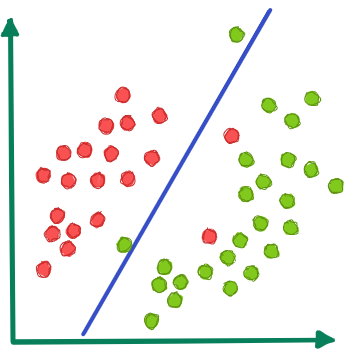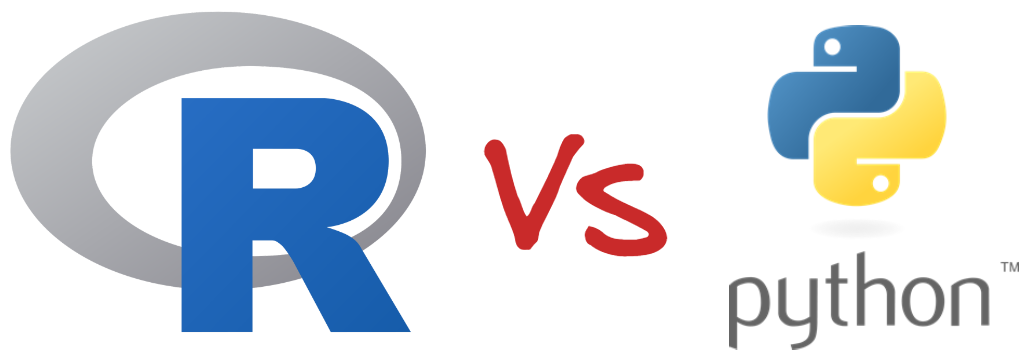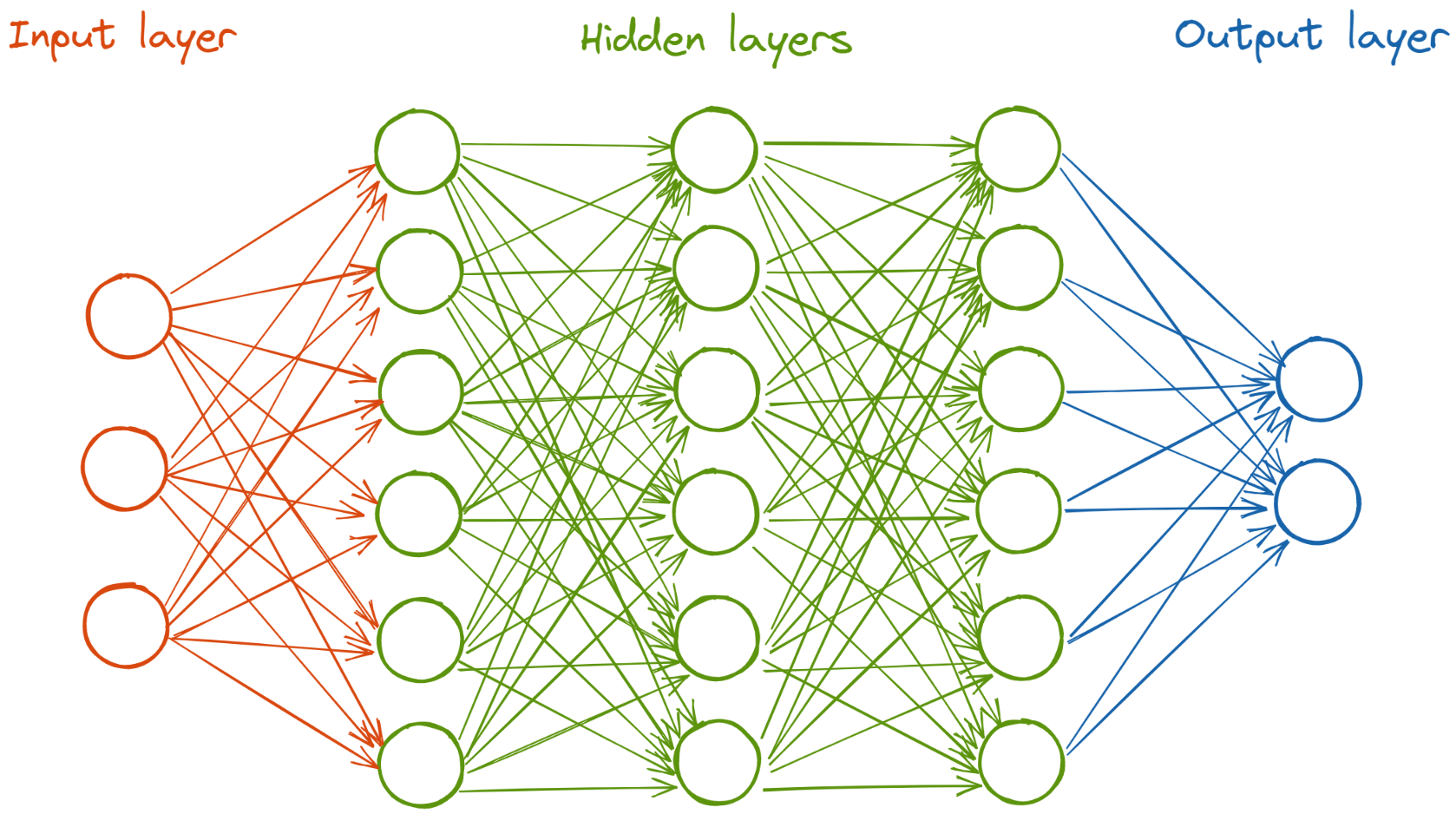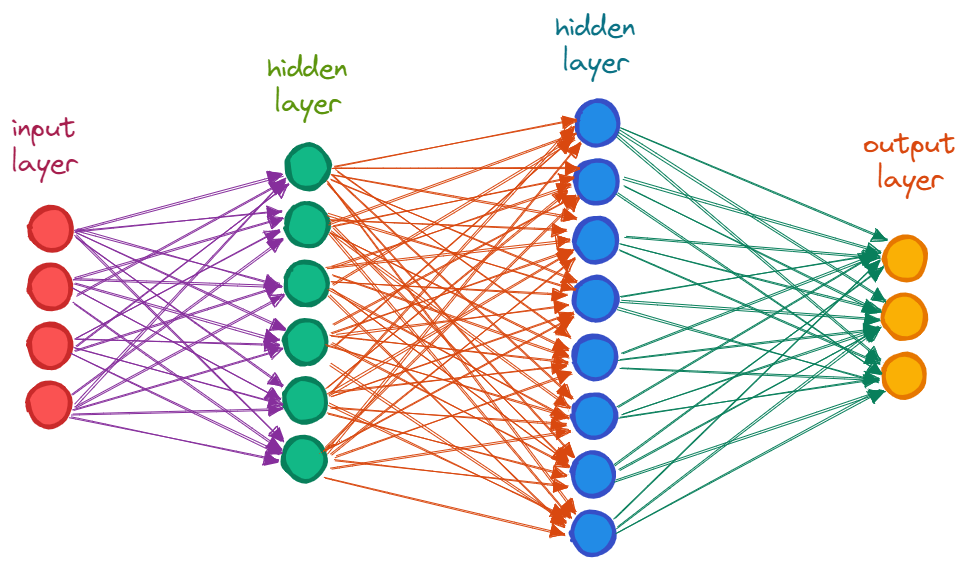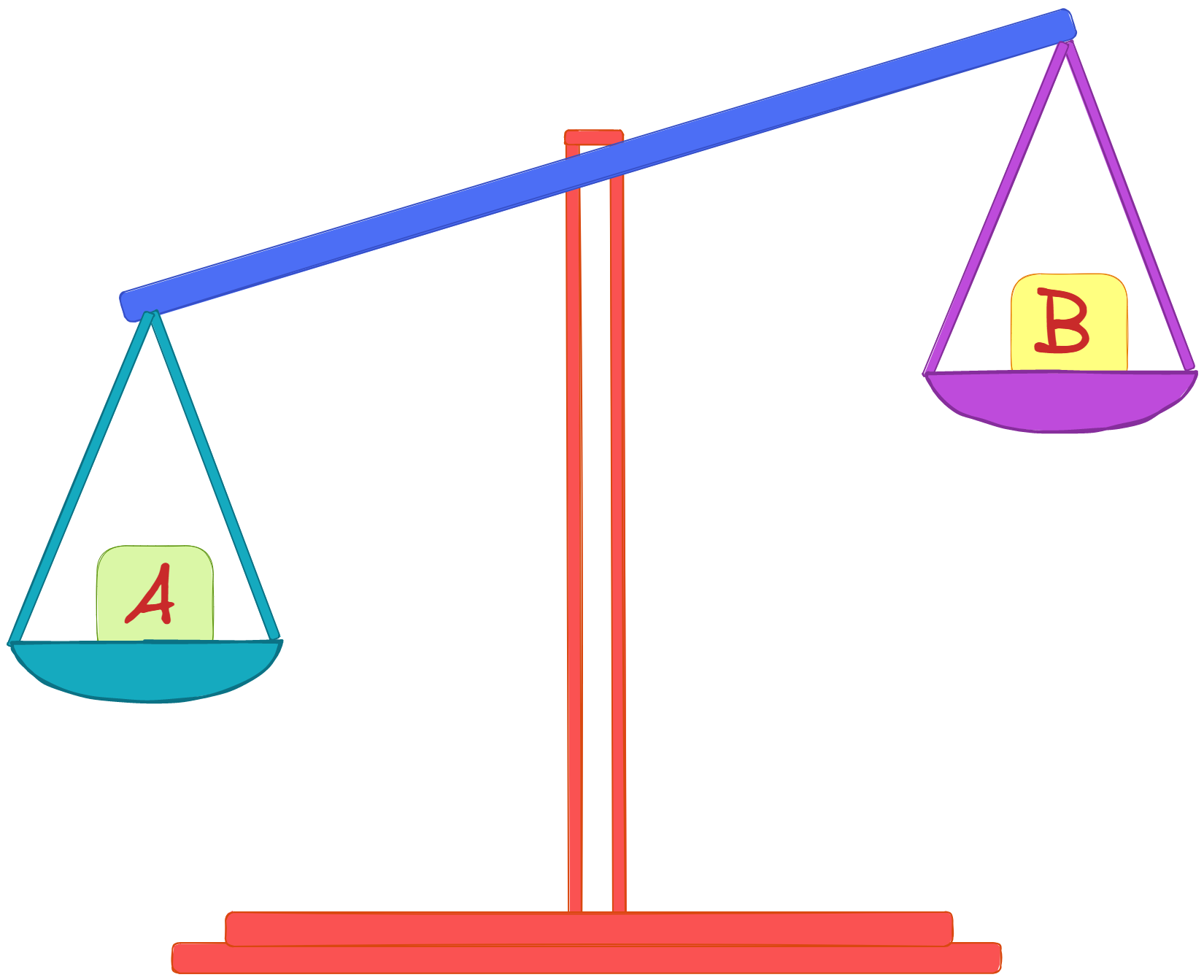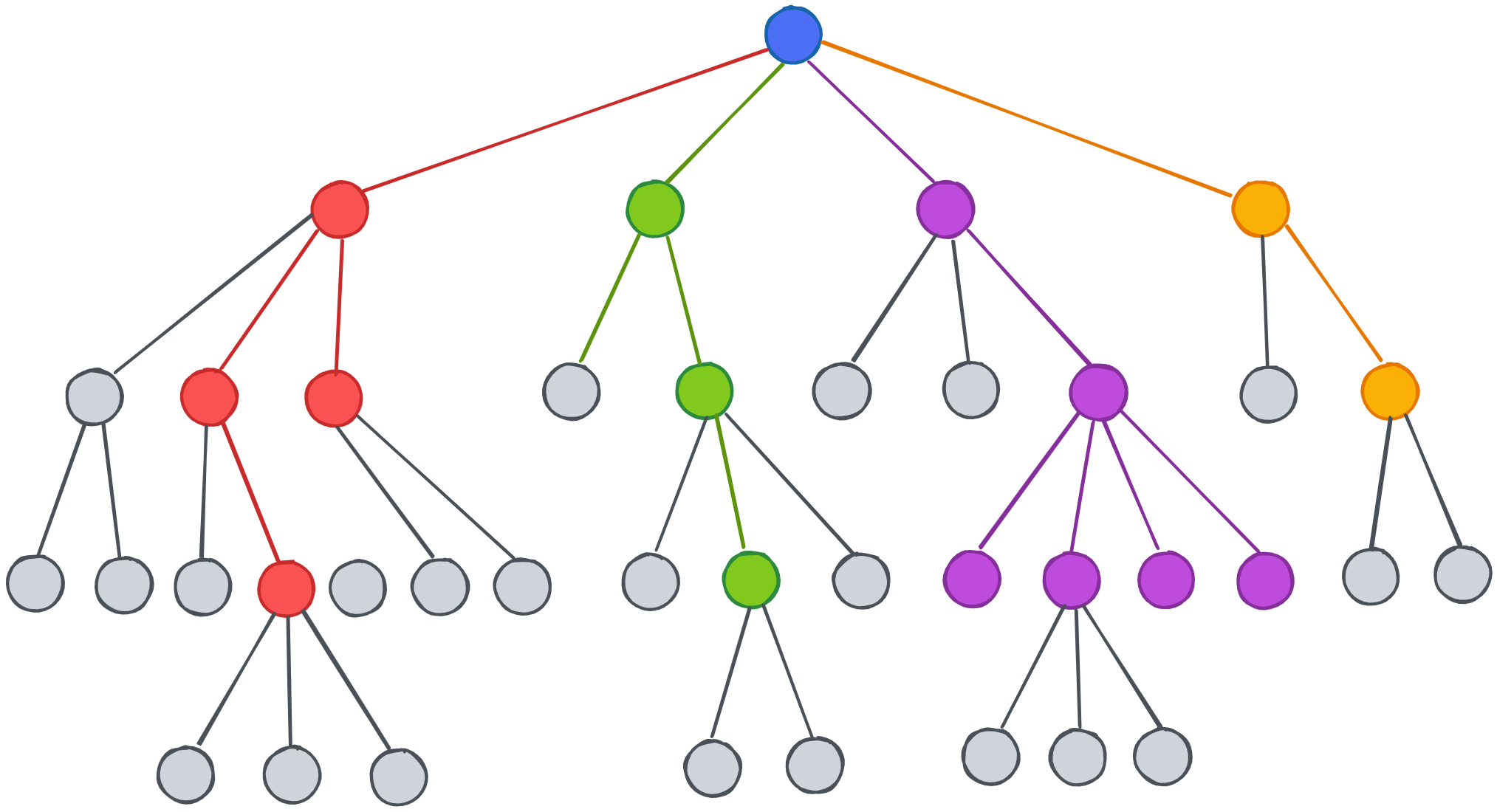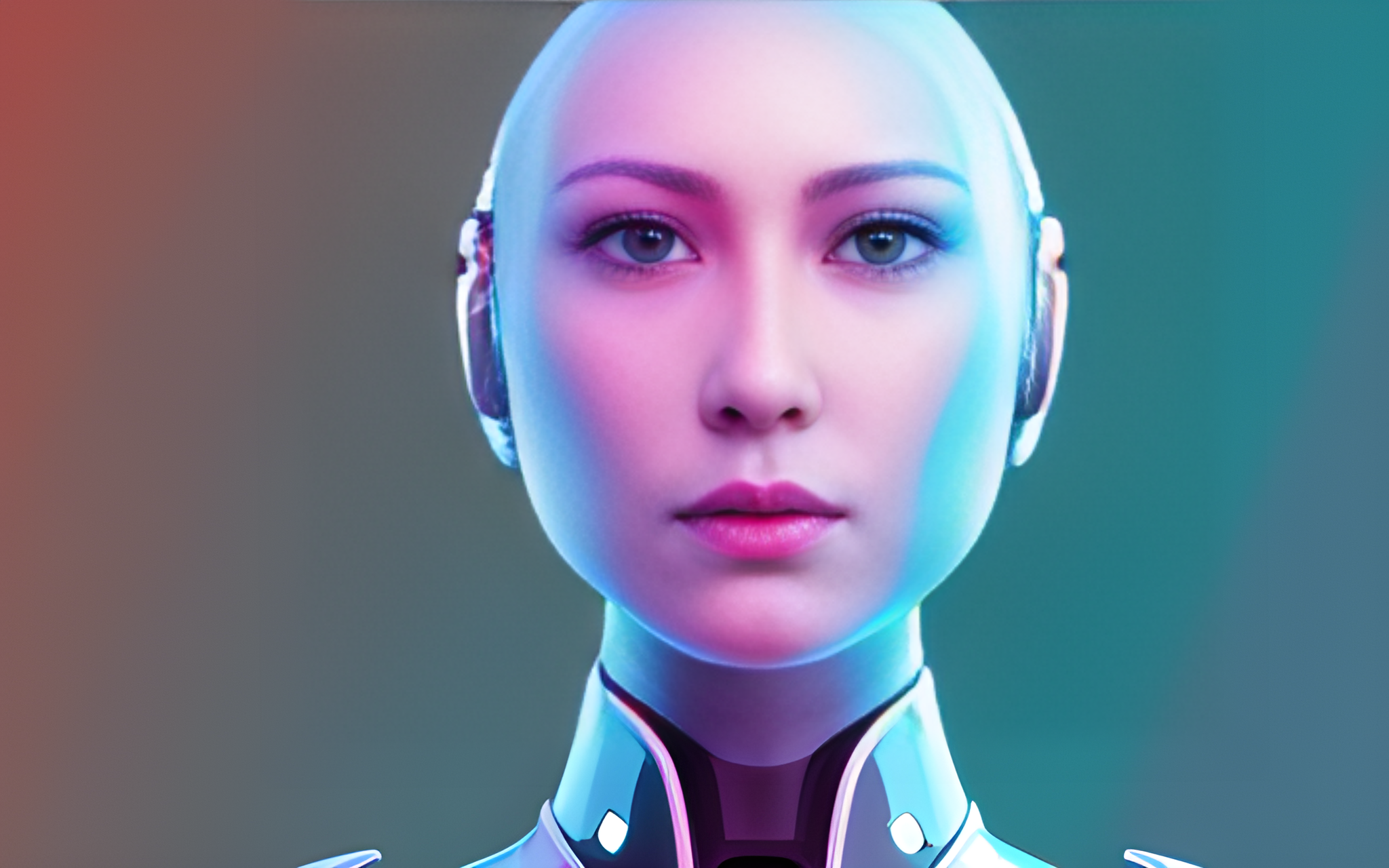- Essentials
- Specialties
- Nontechnical
- Personalized
- Generate a Custom Course 🪄
- Guided
- 60 Day Interview Crash Course

Machine Learning Fundamentals
799 users have taken this course.
In this series, AlgoDaily is presenting to you, the hottest topic of this era, Machine Learning. Throughout this series, you will be starting from scratch, and slowly learn from basic to advanced algorithms of Machine Learning. We will walk you through a lot of popular Machine Learning frameworks like NumPy, Scikit-learn, TensorFlow, Keras, etc. So get ready to start your awesome ride to the world where Computers (Machines) are treated as children and we teach them many things with real-world data.

Course Curriculum



